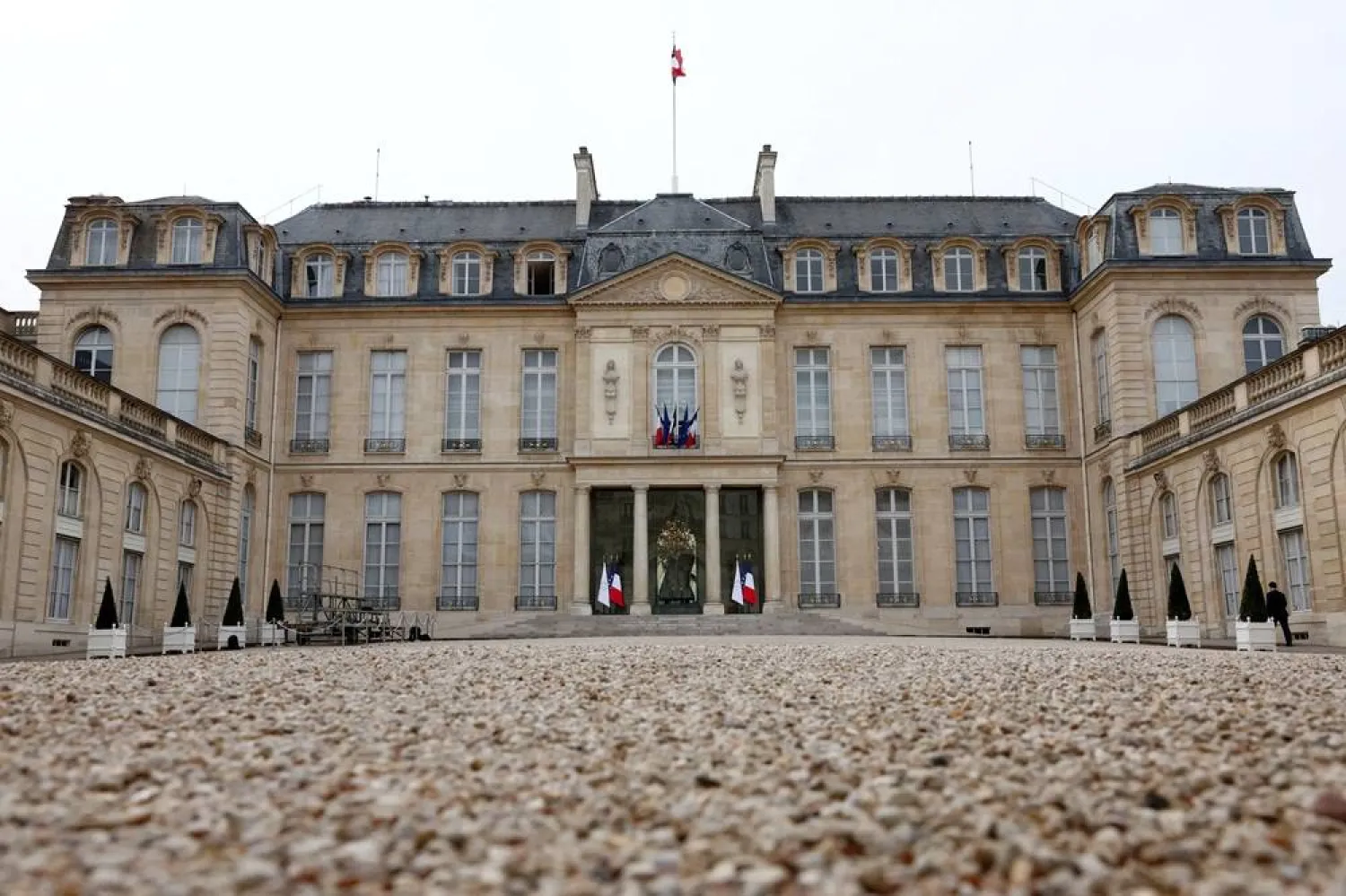Melbourne prides itself on serving up the world's best coffee, but finding a hot brew at the Australian Open has proved a challenge for some of the tens of thousands of fans attending this year's Grand Slam tennis tournament.
Organizers have worked hard over the last decade to improve options for refreshment and an array of outlets at the Melbourne Park precinct.
Yet long queues face fans looking to indulge their passion for the city's favorite beverage at the 15 coffee stores Tennis Australia says dot the 40-hectare (99-acre) site.
"We need more coffee places open," said Katherine Wright, who has been coming to the tournament for the five years as she lined up for a hot drink near the Rod Laver Arena on Wednesday.
"We are big coffee drinkers, especially Melburnians."
The Australian Open attracts more than 90,000 fans a day early on in the tournament, when ground passes are relatively cheap, offering the chance to watch main draw action on the outer courts.
Liz, another Melburnian, said she stood in line for half an hour for a cup of coffee on Sunday, when rain halted play for six hours on the outer courts.
"This is a well-established global event," she added. "You actually need to be providing better service to the consumer."
Melbourne imports about 30 tons of coffee beans a day, the Australian Science Education Research Association says, representing a surge of nearly eightfold over the past decade that is sufficient to brew 3 million cups of coffee.
For Malgorzata Halaba, a fan who came from Poland on Sunday for her second Australian Open, finding one of those 3 million cups was a must.
"It seems it took me a day and a half, and several kilometers of walking around the grounds, to find coffee," she said. "And jet-lagged as I am, coffee is a lifesaver."









